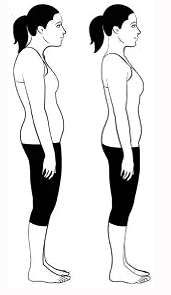STRUCTURAL INTEGRATION
Structural Integration (SI) is a process-based approach to somatic education, typically involving manual therapy, that explores the possibility of change in how you use and experience your body. Through education, awareness, and therapeutic touch, you can release painful, stressful patterns of tension. Effortful habits are replaced with feelings of comfort, ease of movement and posture, and a sense of whole-body coherence.
SI systematically addresses your body as a whole, usually over a series of sessions. Skillful touch brings relief from pain and discomfort, and awareness of how you’re holding and using your body. As your practitioner helps you inquire into how you relate with your body and environment, you may come to recognize patterns of tension that no longer serve you, and discover new options for movement, posture, self-care, and your overall physical experience. Rather than treating symptoms, SI practitioners work to help your body integrate internally between systems, and externally toward your life’s challenges.
Structural Integration can help us learn to “let go” of chronic stress and tension, to stop fighting gravity and allow it to support us instead. Movement becomes a pleasure, breath comes easier, and “good posture” becomes effortless. We experience a sense of ease, efficiency, and grace. Many SI clients come to find relief from pain and discomfort along the way. While this describes some general benefits, the SI process is individual and personal, with a wide range of effects and benefits.
Whether you sit at a desk all day, are a seasoned athlete, or are beginning to feel the signs of aging, compromised connective tissue can affect anyone. The fascia can tighten, shorten, and thicken due to a number of reasons including:
- Stress
- History of physical injury
- Work-related issues
- Repetitive movements
- Poor posture
- Natural effects of aging
- Prolonged athletic performance


During the Structural Integration process, changes in your posture, movement, and physical experience are achieved through education, awareness, and therapeutic touch. The focus is on relationship—how you relate with your physical experience of yourself and your environment—rather than on any particular body part or region.

